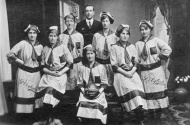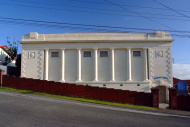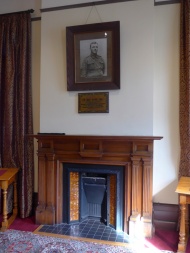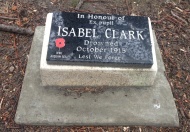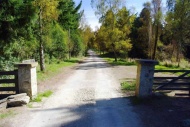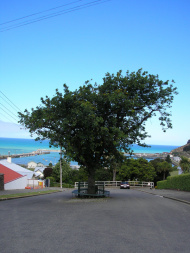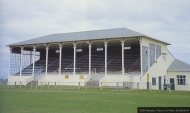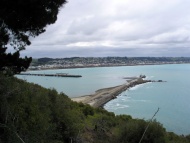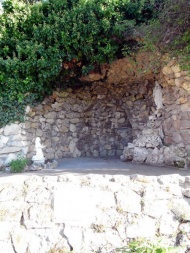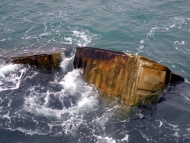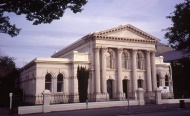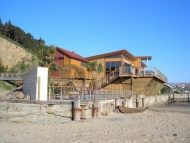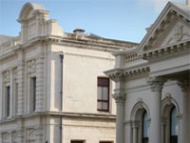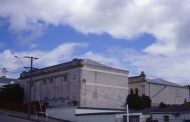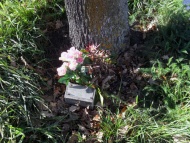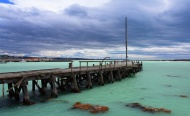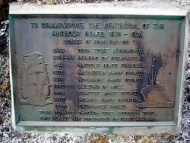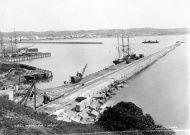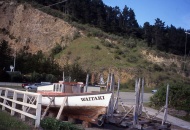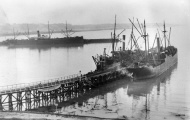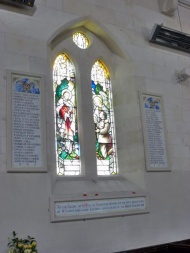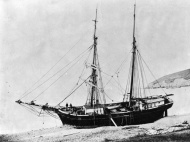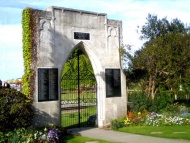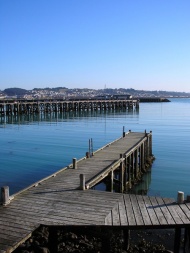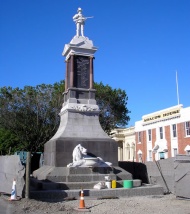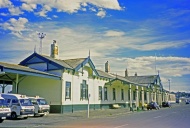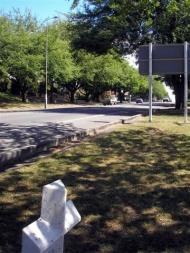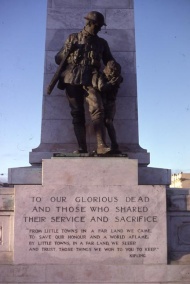Articles
Oamaru Harbour
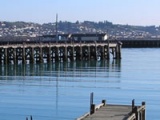
Ports were the beachheads of colonial expansion. No town could prosper without one. Oamaru Harbour, which closed to shipping in 1974, is the best place in the country to see how and why all New Zealanders once depended so heavily on sea transport.
-
Page 2 – Early days
European settlement at Oamaru began in 1853, and in the 1860s the town grew rich servicing pastoralists and gold miners. Oamaru, though, was no port. Cape Wanbrow, a stubby
-
Page 3 – Colonial beachhead
The disastrous storm of 1868 forced Oamaru to invest in the construction of expensive concrete breakwaters and new larger wharves.
-
Page 4 – Deep-water port
Oamaru's shipping tonnages rose after the First World War, but the port faced tough times as coastal shipping slumped from the 1960s.
-
Page 5 – Oamaru Harbour after 1974
Although Oamaru no longer has an active port, tourism has brought new opportunities to the town and its harbour.
Related keywords
- sportswomen
- football
- freemasons
- victoria cross
- donald brown
- battle of the somme
- nurses
- marquette disaster
- isabel clark
- mt dasher station
- memorials
- antarctica
- robert scott
- port chalmers
- christchurch
- agriculture
- pastoralism
- historic places
- WW1
- WW1 stories
- war memorials
- otekaieke
- australia
- oamaru harbour
- oamaru harbour board
- container shipping
- justice system
- shipping
- roadside stories
- banking
- hotel
- alcohol
- temperance
- export
- meat
- engineers
- south african war
- carlo bergamini
- architecture
- railway stations
- george troup
- joseph kinsey
Situated 112 km north of Dunedin, Ōamaru enjoys a protected location in the shelter of Cape Wanbrow. The town was laid out in 1858 by Otago’s provincial surveyor John Turnbull Thomson, who named the streets after British rivers. A boost was given by public works, including harbour development, and an export trade in wool and grain from the 1860s. By the mid-1880s the town centre was home to an impressive array of buildings made from locally-quarried limestone. The district went ‘dry’ in 1906, and stayed that way until 1960 – the last South Island district to resume alcohol sales. Apart from a few years in the 1920s, and in the 1950s and 1960s, the town itself hardly grew after 1881. Its small hinterland – a triangle of farmland, no more than 35 km on each side (the Pacific Ocean, the Waitaki River and the Kakanui Mountains) – limited its development.

